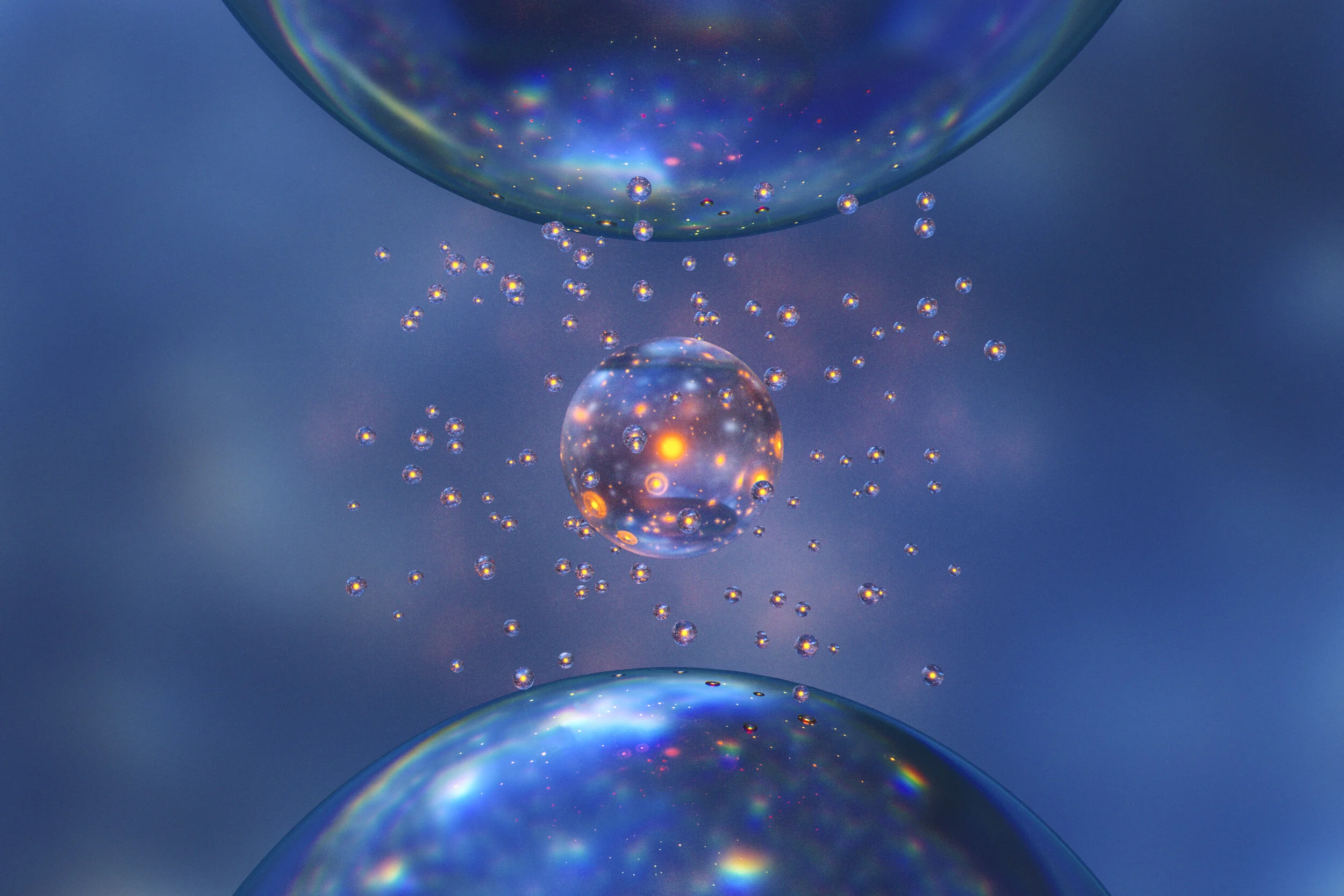Five other mysteries that (should) keep physicists awake at night
Scientific American editor Clara Moskowitz has a nice post showcasing some of the big questions asked by participants at a recent particle physics conference.
1. Will we ever understand quantum mechanics?
Richard Feynman famously quipped that “I can safely say that nobody understands quantum mechanics”. The situation has not fundamentally changed since Feynman’s time, but the question has become even more pressing. This is because no other scientific theory presents such an enormous gap between successful prediction and deep understanding as quantum mechanics. Starting in the 1970s, some of the most bizarre implications of quantum theory – most prominently the “spooky” (in Einstein’s words) phenomenon of entanglement – have been verified by precise experiments. Last year’s Nobel Prize was awarded in part for using these strange properties to trap ions and atoms.
And yet we have no clue how any of the fundamental facts of quantum mechanics including wave-particle duality, entanglement, quantum tunneling or the double-slit experiment – that disarmingly simple setup which, in Feynman’s words, contains “the only mystery of quantum mechanics” - actually work. The quantum world continues to be a fairyland that defies common sense and where anything can happen. For decades most physicists have used quantum mechanics, but nobody has convincingly shown us where it comes from. Einstein may have gone against the grain of experiment but he was right in feeling a decided sense of unease regarding the reality which the weird quantum universe encapsulates. Narrate the parable of Schrodinger's cat and you will be met with laughs and smirks, but the laughter cannot obliterate the deep anguish of physicists, a feeling that their most successful theory of nature is, at its deepest level, a hazy ball of mist.
Since the theory was first developed there have been dozens of alternative interpretations of what it all means, from the classical Copenhagen interpretation to the simple but mind-bending many-worlds interpretation of Hugh Everett. And yet we are no closer to teasing out a winner among these bold conjectures. Perhaps our only flaw is in trying to use ordinary common sense to grok what is fundamentally an otherworldly universe that does not lend itself to our frail minds. Perhaps we should continue to “shut up and calculate”, reap the tremendous agreement with experiment that the theory gives us and just stop bothering about what it all means. What we do know is that physicists and philosophers will keep on searching for the true reality underlying quantum mechanics, whether one exists or not.
